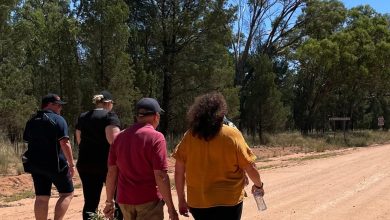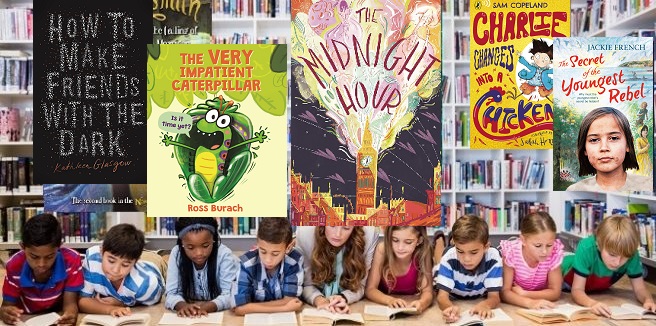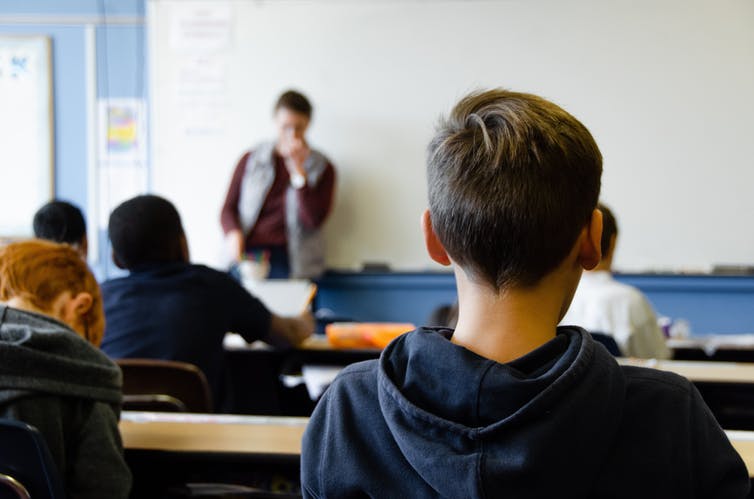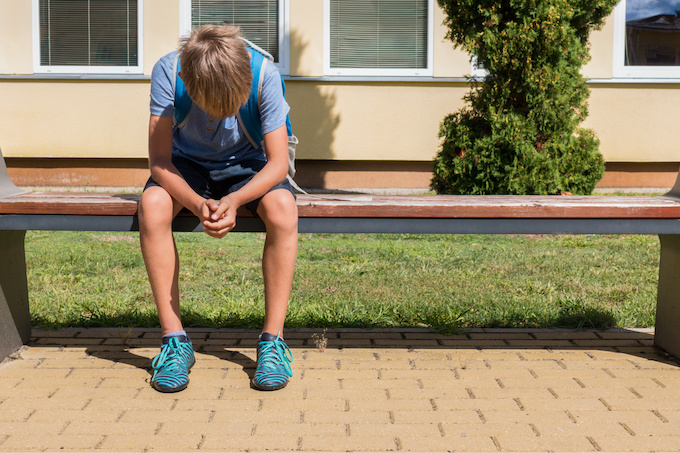Funding certainty for Victorian students

While the Morrison Government claims record funding will continue to flow to every school in Victoria, the Australian Education Union emphasises the state’s radical self-funding over the last six years.
The Victorian Government’s decision to settle a bilateral agreement with the Federal Government unlocks funding for Victorian schools and places a focus on delivering better educational outcomes for all students, according to Minister for Education Dan Tehan. He said:
“The Australian Government’s commitment to Victoria was always clear – funding for all schools would grow from $4.7 billion in 2018, to $6.6 billion in 2023 and $8.7 billion in 2029.”
“This is an average per student increase of 5.3 per cent each year over 2018 to 2023, including an average 6.7 per cent per student increase for Victorian government schools.”
The bilateral agreement binds Victoria to lift funding for its government schools.
“This will be welcome news as the Victorian Government is the lowest funder of government schools on a per student basis in the country.
“It sets out what Victoria will do to lift the educational outcomes of their students – how they will use the record funding being delivered to give their students the best possible opportunities and equip their teachers with the right tools and support.”
The Morrison Government has committed $80 billion in funding to all Victorian schools from 2018 to 2029.
“We will now work with our Victorian counterparts to ensure our record funding will have the greatest improvement on student results,” Mr Tehan said.
The agreement can be found online here.
The Australian Education Union says state budget continued to invest in public education where the federal budget failed
“We welcome the continued investment in public education by the Andrews’ government, which is in stark contrast to Prime Minister Scott Morrison who showed no commitment to public education throughout the election campaign,” said Meredith Peace, President of the Australian Education Union Victoria.
“Victorian public school students continue to be the lowest funded in the country after six years of federal cuts.
“The Andrews government’s continued investment has closed this funding gap by approximately $1000 per student, but Victorian children still remain $1396 behind the national average.
“The Andrews government’s continued investment in new schools and refurbishments, continues to be significant with $648 million for new schools and $363 million to upgrade existing school buildings, with an additional $281 million for new relocatable classrooms and asbestos removal.
“The Andrews government’s decision to double its funding to non-government school capital works, to the tune of $100 million in the next financial year, is a significant concern despite the considerable increased investment in public school buildings and infrastructure.
“But the Andrews government cannot be expected to do the heavy lifting by themselves.
“Victorian government recurrent funding for public schools must be prioritised in any new bilateral funding agreement with the Federal government,” said Ms Peace.
The Andrews government held out on signing a school funding deal with the Morrison government because public school students were being treated like second class citizens.
“It is deplorable that the Morrison government is attempting to coerce the Andrews government into signing a school funding deal that will leave public schools funded to 95% in the best-case scenario when private schools are funded to 100% or more through the federal funding model.
“Public school students will continue to be funded by the Commonwealth at a lower level than private school students and the gap will continue to widen over the next ten years. That is not fair and not in the interests of our students or the community.
The AEU also calls for full transparency of the details in the deal when an agreement is reached.
“It will highlight the failure of the Morrison government to fund our public schools properly. Parents deserve to know both the state and federal government’s overall contributions to all schools across all sectors.
“Students in Victorian classrooms are missing out on extra one-on-one learning, additional literacy and numeracy programs, on specialist support for students with a disability and those with mental health issues, on smaller class sizes.
“We are also concerned that there is insufficient accountability for the expenditure of public funds allocated to non-government schools,” said Ms Peace.







